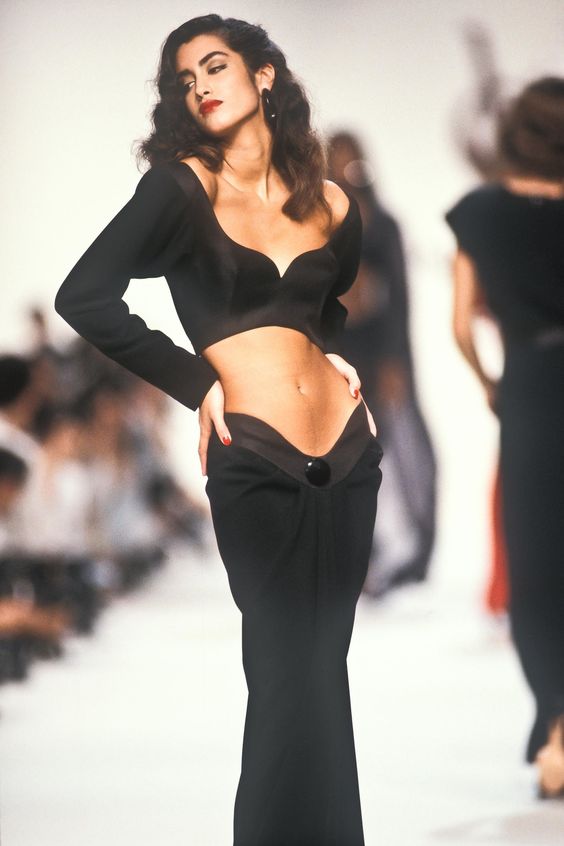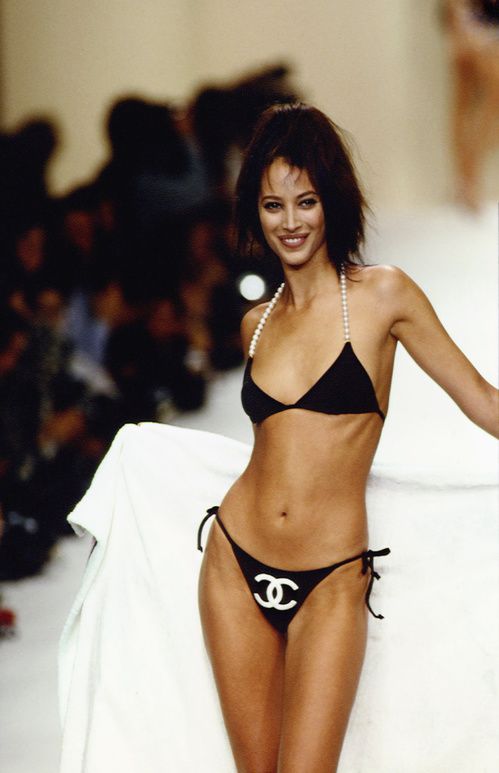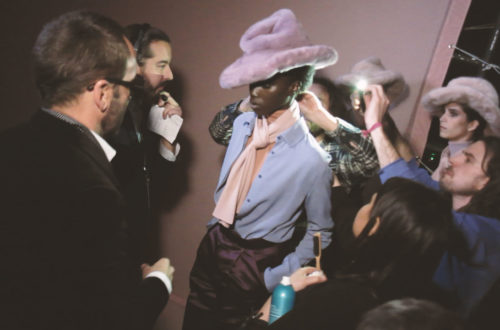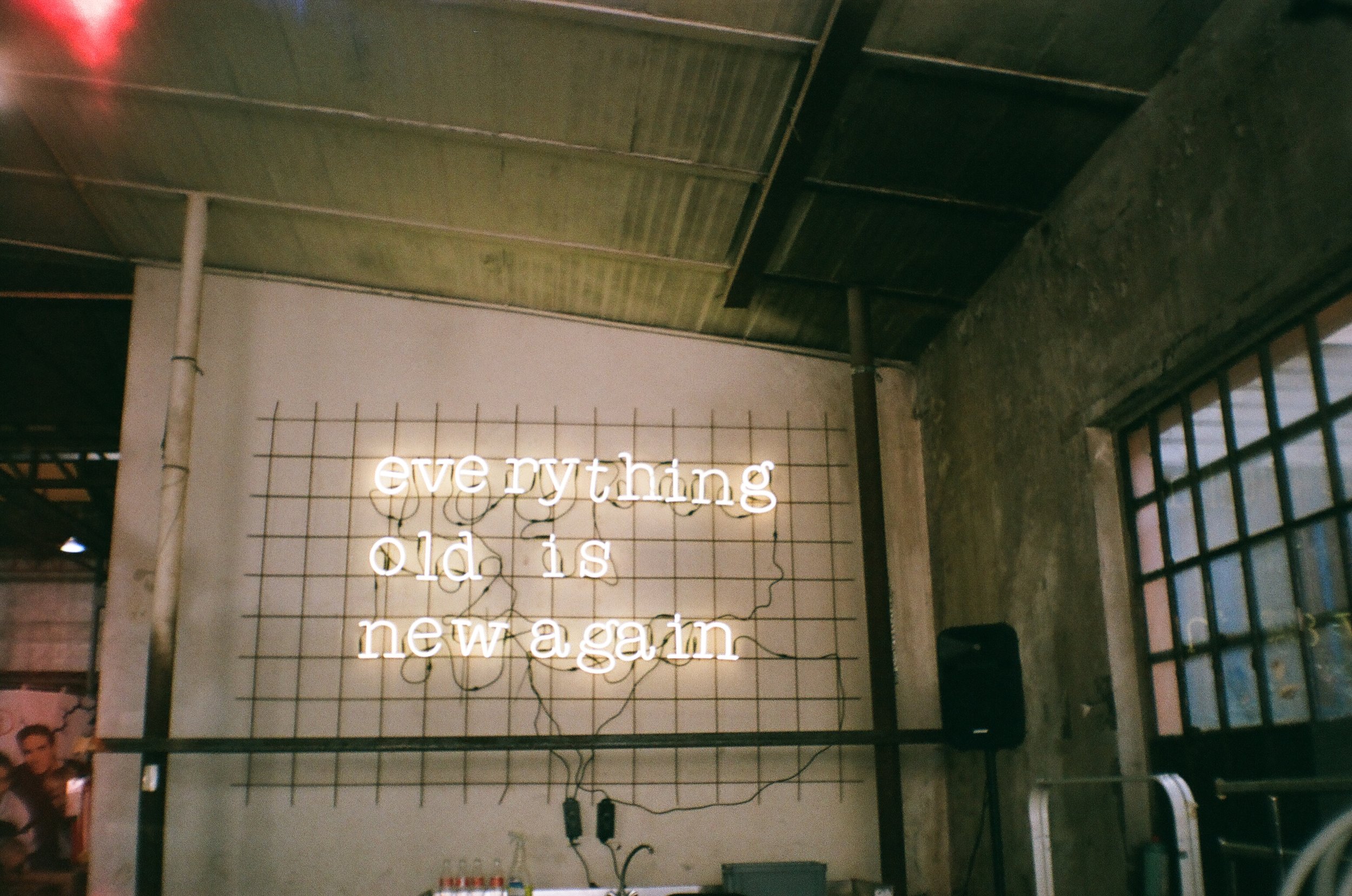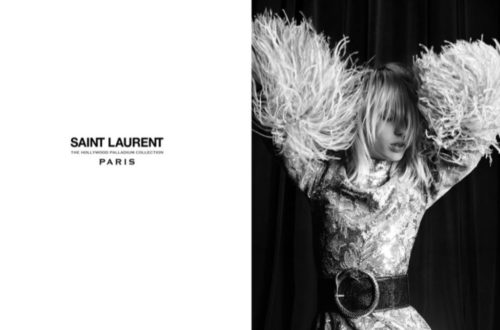Sunday, 17 February 2019
As we are going through another fashion month and anticipating Milan Fashion Week, the silent question of fashion show validity has been an elephant in the room for some years now. With sales in the fashion industry are stagnating and many important players are going into debt yet still splurging on influencer-intense catwalk shows, designers are wondering – could marketing budgets be used more wisely?
It came as a bit of surprise when Bella Hadid, Kaia Gerber and Emily Ratajkowski flew over to Milan to walk in Versace show during the last Men’s Fashion Week, resulting in us not being able to recall a single male look of the collection but remembering very promptly two bold party styles with sleek ponytails. A dire measure to somehow boost brand impressions for a struggling company? Did it pay off? Was the game worth the gamble?
Let’s start from the other side. Exactly how much money goes into a fashion show? Prices for NYFW participants are said to range from $ 100 000 if you are an emerging designer who is good at budgeting up to a million dollars, depending on the venue rented and beauty teams invited. Today, the final estimate largely depends on whether models with massive Instagram following are involved – it’s safe to say that Hadid, Gerber and Ratajkowski’s paychecks put together would beat those of all the male Versace models combined.
A research conducted by Launchmetrics and the Council of Fashion Designers of America (CFDA) concludes that influencer marketing keeps the boat floating, with show-related content posted by major influencers generates 33-57% of total fashion week engagement, thus fulfilling the main ambition of a fashion show as a key marketing tool – to transfer brand love into cash.
On creating brand love – what unites Chanel, Philipp Plein and Lee-era Alexander McQueen? Style-wise, not much – the three brands couldn’t be further away from each other in terms of what kind of audience they are speaking to. Yet they have the same means and medium of communicating – each of these brands has a certain approach to fashion shows as a vital part of their DNA and transmits the value created from the shows to their large following. Chanel brings elegantly ostentatious decorations to Palais de Tokyo (nothing toping a life-size space rocket at the venue), Plein rents eighteen-wheelers and rappers to perform while old school Alexander McQueen runway has always been more of a theatrical stage than a catwalk, as Lee McQueen himself was more of an artist than a designer.
If fashion shows contribute to brand relevance like engagement data and our own intuition suggests, then the problem is maybe not in the format itself but rather how it should be updated according to present reality.
It is remarkable that back in 2016, many fashion brands already attempted to question the fashion week by setting their shows closer to buying season instead of the typical six months planned ahead of it in order to still stay relevant to consumers at the time collection arrives to the store. The approach was referred to as ‘See Now Buy Now’ by the media and had Burberry, Michael Kors and Tom Ford as its pioneers. However, only a few months later, many brands went back to being scheduled in the fashion week calendar. Why? “The store shipping schedule doesn’t align with the fashion show schedule,” he explained, adding: “We lost a month of selling. We had merchandise sitting in stockrooms”, Tom Ford confessed to WWD. The move, however, wasn’t completely fruitless for the industry as a whole, as it eventually gave birth to ‘drop culture’ that brought Supreme and the likes on board. It’s exciting to see how one’s experiment creates a butterfly effect for the whole industry.
There are many ways in which brands can play up the traditional shows, be it opting out for an immersive presentation instead or adding a digital or VR experience to the runway one. Some brands absolutely need to keep the wheel turning and creatively apply social media to capitalize on fashion shows. Influencer marketing, broadcasting, merging with robotics that seemed to be forgotten right after Hussein Chalayan’s intelligent wear – these activities, aimed at standing out in media and amplifying sales will continue to lead the industry forward to innovative marketing solutions letting everyone win.
However, emerging designers should put their ego aside and think clearly about what a fashion show can and cannot do for them. They should abandon the illusion that their value is measured in the amount and quality of values, and accept instead a maximized open-mindedness when it comes to promotion and marketing of their brand, and look for ideas outside of the box, thus also securing innovation in an overly conservative business.
Certainly, fashion events will continue to have a dreamy allure, and luckily for the industry, if current consumers grow tired of the same-old, young generations already feel nostalgic about the good times, as suggested by the latest popularity of 90s fashion shows on Pinterest – among them such classics as Calvin Klein, Chanel and Helmut Lang, the looks donned by Christy Turlington and Yasmeen Ghauri. But if we look at the images closely, these pictures celebrate the actual garments, and it seems to be something the industry forgets these days. It’s about the fabrics, the fit, the trimming. The quality of what people spend their money on. It’s not about whether the shows took place in Palais de Tokyo or if eighteen-wheelers were or were not set on fire. The dress is what will go down in history. It’s likely that format was never a problem – just maybe the styles of today are not saying anything new.
So, our verdict? The show must go on.
By Naira Khananushyan

